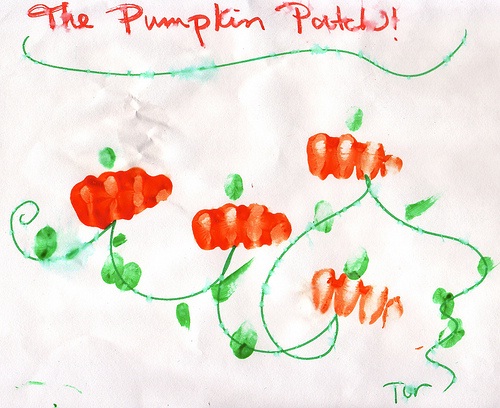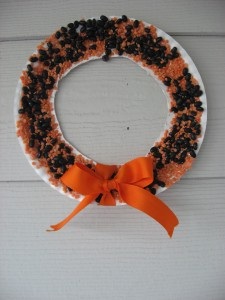Thank Goodness for Manners
Â
The development of decorum varies from child to child. But between the ages of 2 and 5, your child is most receptive to learning the rules of polite conduct. “When children are very young,” says Linda Altman, a Georgia-based counselor and educator, “they want to do anything you ask. Grab the opportunity to teach appropriate behavior.”
Â
You can begin introducing manners into your child’s daily routine practically from infancy. If your youngster likes to hand you his favorite stuffed bear, give him a smile and an enthusiastic “Thank you” when you accept it. When your family is gathered at the dinner table, be sure to say, “Please” or “May I?” when requesting the salt. Learning manners is easier for your child when it is the common practice in your household.
Â
Nip Bad Behavior in the Bud
Â
Be a role model. Your child may pick up bad habits from a rude cartoon character or a playmate who whines to get her way. Try to supply good examples for your little one to counteract the negative influences. Try reading storybooks that showcase good manners.
However, your child watches you more than he watches anyone else, especially in the impressionable younger years. Remember that you are his number-one role model! The best way to make sure he is polite is to be so yourself.
Â
Start small and expand on rules. Learning is gradual. Don’t expect it all to come together in a snap. Altman advises, “Prioritize what you think is important for your child to do. A constant refrain of ‘sit up straight,’ and ‘don’t do that,’ will have less of an effect.” Little ones can be forgetful, especially if too much is thrown at them at once — and that will only cause frustration on both ends. Refer to the chart above for a step-by-step approach.
Â
Give reminders and reinforcement. If your child backslides, offer a gentle reminder. For example, if you begin to work on table manners at home (“See how Daddy uses his fork and knife? That’s how grown-ups do it — let’s see if you can too!”) and it becomes a habit, try using the utensils at the next dinner at Grandma’s. If your child reverts back to using her hands, point out quietly how good she is at using her fork at home (“You were so good at it last night. I bet Grandma would love to see how grown-up you can be!”). Don’t scold her, especially if it’s her first outing. Children need positive reinforcement, so let yours know when you think she’s done a great job!
Â
Ignore poor behavior; reward good performances instead. “Parents should always emphasize what is good and what they want from a child much more than honing in on punishment,” says Steven Nowicki, Ph.D, the Charles Howard Professor of Psychology at Emory University in Atlanta. “At age 2, children are gaining cognitive skills and may act out, because it’s something they couldn’t do developmentally at a younger age,” says Altman. Allow your child to pick out a treat at the grocery store once he’s demonstrated good behavior such as sitting quietly in the cart, helping you pick out fruit, or carrying a bag. Soon he’ll understand that his good behavior is appreciated and rewarded.
Â
Be clear and consistent; explain why. Make sure any punishment fits the offense. If your child understands why she’s not allowed to go swimming today (last time you went to the pool, she splashed too much and the lifeguard blew the whistle at her twice), then she will be less like to act out again. By the same token, if you let her slide, she will pick up on the inconsistency and try to get away with more next time around. “Children can do a great deal more than we thought a few years ago. They are capable of understanding that they are part of an interaction and that other people have intentions and minds,” says Dr. Nowicki. Make your intentions clear and your child will react accordingly.
Â
Always bear in mind that it’s okay for your little one to make mistakes. Keeping good manners is a lifelong process. But do take the time to help him learn the skills that will allow him to become a more social, confident individual later on. Someday he’ll thank you for a job well done!









